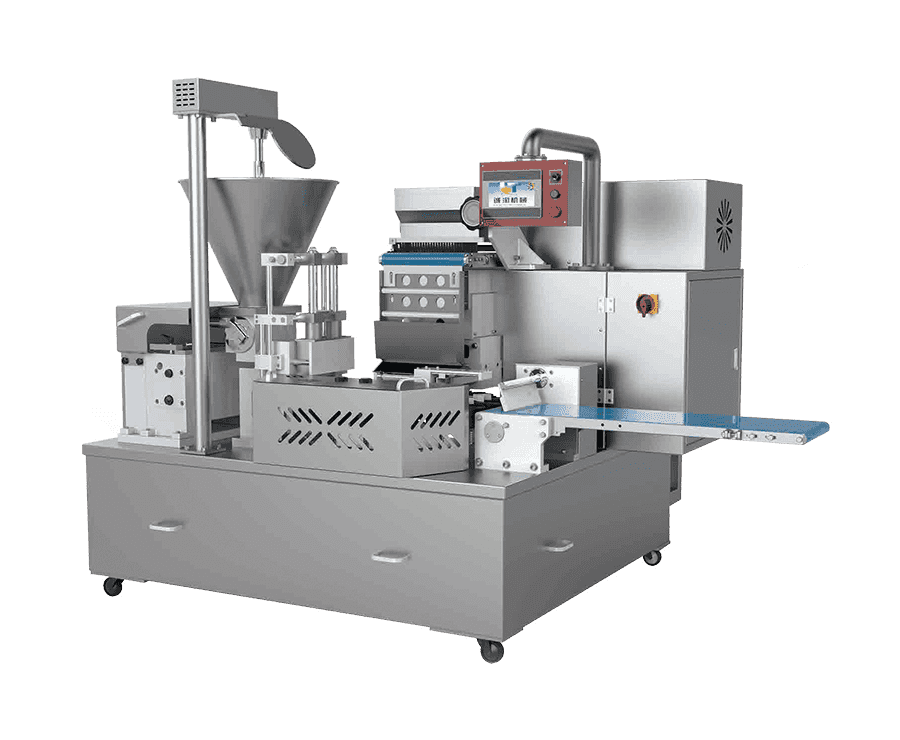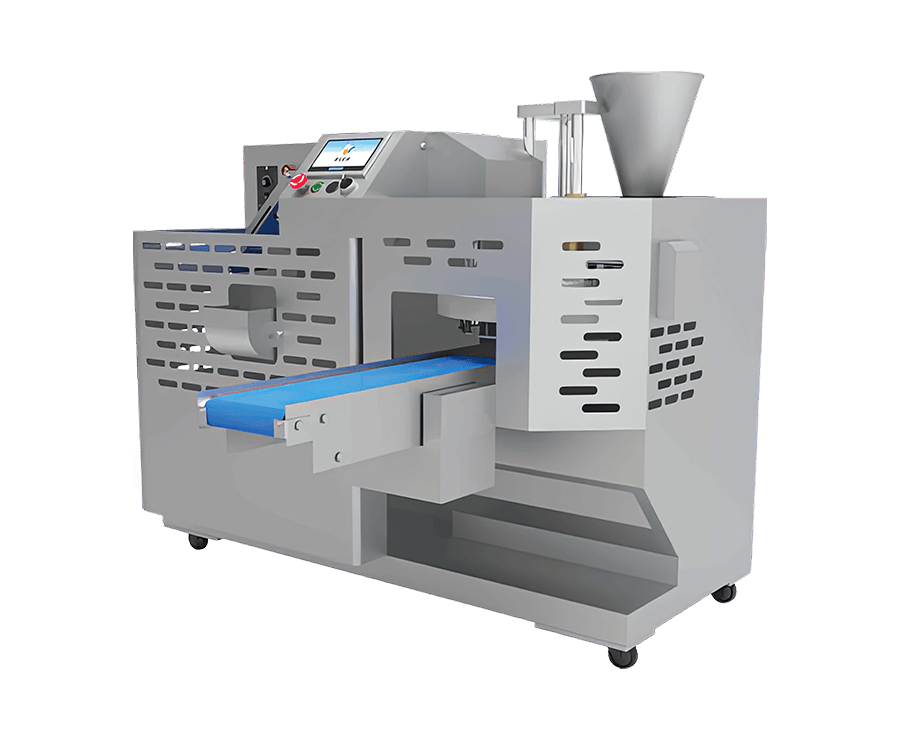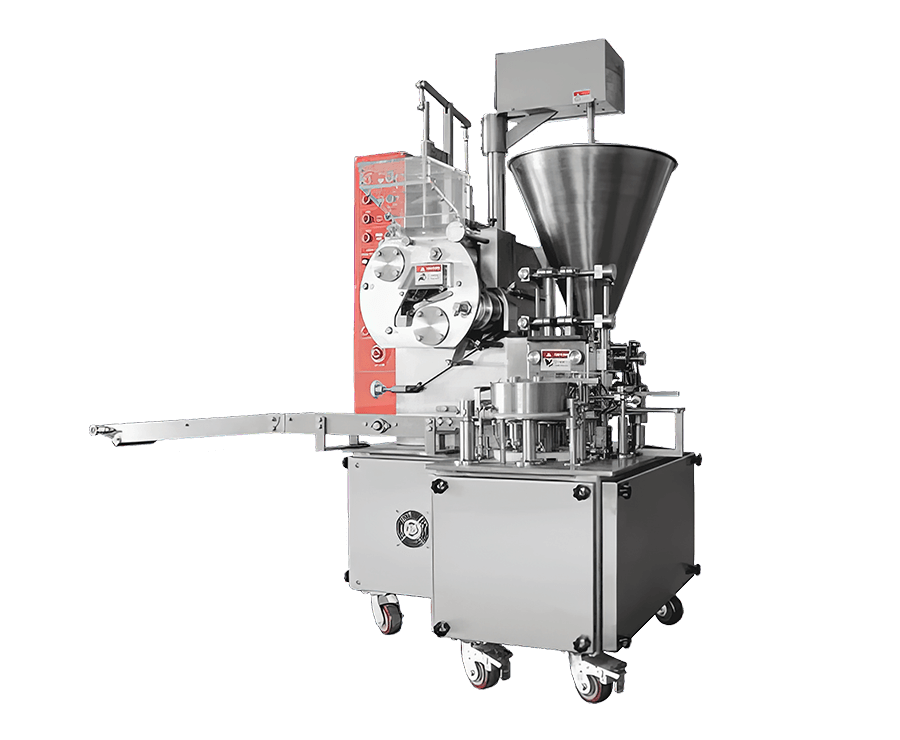Design Practical Operation Modes for Pastry-Making Equipment — Settings, Sequences & Examples
Overview — what "operation mode" means for pastry equipment
Operation mode describes the combination of settings, sequence and timing you apply to a piece of equipment to produce a repeatable pastry result. For pastry production this includes speeds (mixers, laminators), temperatures (ovens, proofers, blast chillers), cycle times (mix, rest, bake), load patterns, and any automated recipes or interlocks. Well-designed operation modes translate a recipe into machine actions while protecting product quality, throughput and operator safety.
Principles for designing equipment operation modes
1. Start from the product target
Define the sensory and structural targets (crumb, flakiness, crust color, moisture). Those targets determine critical parameters (e.g., laminated dough requires tight temperature range and controlled shear; choux requires high initial steam). Always document the target and acceptable tolerances before calibrating machines.
2. Map process steps to equipment functions
Break the recipe into machine-level steps: mix (speed/time), rest/proof (temperature/humidity/time), laminate/roll (passes, gap, speed), shape/divide (pressure/vol), bake/fry/chill (temperature, airflow, time). Each step becomes one or more operation-mode "profiles" stored on the control panel or management system.
3. Make modes deterministic and measurable
Use absolute values (e.g., 1400 rpm, 25 °C, 75% RH, 6 min) rather than vague instructions. Add sensors and logs (temperatures, motor load, cycle count) to verify mode execution and to enable continuous improvement.
Equipment-specific operation-mode design
Planetary & spiral mixers
Design distinct modes for dough types (lean, enriched, laminated, choux). Key parameters: bowl fill ratio (max 60–70%), low/medium/high speed segments, total mix time, and intermittent rest pulses. For laminating doughs, include brief low-speed pulses to hydrate flour without over-developing gluten.
- Mode fields: target dough temperature (TDT), speed profile (rpm or gear), total time, pause schedule.
- Safety: automatic shutdown if motor current exceeds threshold for >10s (indicates overload).
Dough sheeters and laminators
Modes must control roll gap, feed speed, number of passes, and ambient/roller temperature (for butter control). For laminated pastry, define a "laminate recipe" that sequences fold type, number of turns, and roller gap schedule to reach target thickness and layer count.
Dividers, rounders & moulder lines
Set pressure limits, portion weights, and cycle timing. Include gentle-mode options for high-hydration doughs to minimize cell collapse. Calibrate weight sensors daily and include compensation profiles for seasonal flour variation.
Proofers & humidity cabinets
Control temperature, relative humidity and airflow. Use ramped modes (e.g., 24 °C → 28 °C over 30 min) when fermentation speed needs to be modulated. Include soak and recovery modes after door openings to quickly restore RH.
Ovens (deck, convection, rack)
Define multi-stage bake profiles: initial steam/infrared or high humidity start, temperature ramp or soak, and final browning stage with different airflow. For high-volume lines, include load-sensing fan speed and thermostat compensation for door openings.
Blast chillers / freezers
Preserve structure by specifying cooling rate (°C/hr) and core-temperature endpoint. Include soft-mode for delicate pastries (slower cooling) and HACCP logging for critical control points.
Example operation-mode table: common pastries and machine settings
| Pastry | Mixer | Laminator/Sheeter | Proof / Bake |
|---|---|---|---|
| Croissant (laminated) | Spiral: low speed 4–6 min; target dough temp 21±1 °C | Roll gap series 6→3→1.5 mm; 3 single turns; roller temp 8–12 °C | Proof 24–26 °C, 75–80% RH, 60–90 min; Bake 200 °C w/steam 8–10 min then 190 °C 6–8 min |
| Puff pastry (sheeted) | Planetary: short mix; keep dough cold; TDT 16–18 °C | Multiple passes, gradually reducing gap; chilled rolls; 5–7 turns | Docking before bake; Bake 210–230 °C high initial heat, quick brown |
| Choux | Stove top + planetary: form paste, cool to 60 °C then whip on medium | N/A | Bake 220 °C initial 15 min with dry heat then reduce to 180 °C until hollow |
Control systems and automation best practices
Recipe management & user profiles
Implement named recipes on each machine with versioning and operator identity. Lock critical parameters behind supervisor-level access and provide audit logs for HACCP and traceability. Allow recipe cloning with a notes field for seasonal adjustments.
Inter-machine sequencing
Where possible, link modes between upstream and downstream machines (e.g., sheeter signals proofing cabinet to start a humidity ramp). Use PLC or MES triggers so one machine's finished signal starts the next mode automatically, preventing bottlenecks and ensuring correct timing.
Safety, sanitation and maintenance considerations
Fail-safes and alarms
Design modes with automatic stop on critical faults (over-temp, over-current, lost temp probe) and with clear audible/visual alarms. Provide a controlled recovery mode to resume production only after supervisor confirmation.
Sanitation-friendly modes
Include a "cleaning mode" that empties bowls, cycles rinse jets (if present), and locks blades. Schedule regular sanitization pauses between high-fat productions (laminates) to prevent cross-contamination and grease buildup.
Planned maintenance
Embed service hours counters in modes (e.g., after 500 hours of motor runtime prompt bearing check). Modes should gracefully degrade (reduced throughput) and log warnings to avoid sudden failures during an active batch.
Quick checklist to create a new operation mode (step-by-step)
- Define target product attributes and tolerances.
- Break recipe into machine-level steps with measurable variables.
- Determine safety thresholds and sensor checks for each step.
- Program recipe into control panel with clear naming and version notes.
- Run pilot batches with logging; adjust parameters and document outcomes.
- Train operators on the mode, recovery procedures, and when to escalate.
Closing recommendations
Design operation modes around repeatability, measurable controls and safety. Start small — build and lock a basic recipe — then introduce conditional branches (seasonal flour compensation, gentle-mode) only after you have stable logs. Regularly review logged runs to improve modes incrementally and keep product quality consistent as volumes or ingredients change.

 English
English Español
Español Français
Français русский
русский عربى
عربى






Contact Us